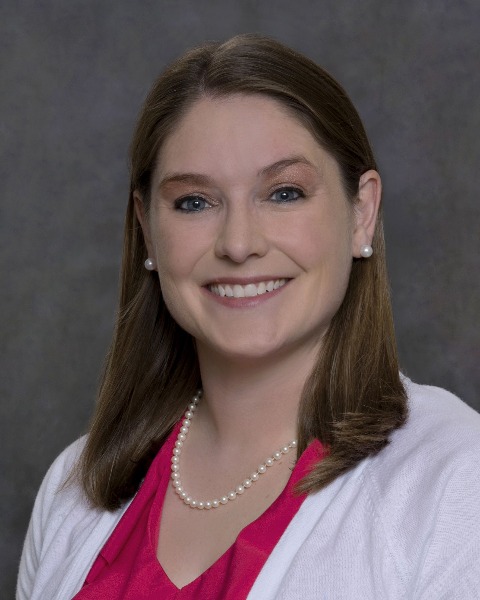Neonatal Quality Improvement 6
Session: Neonatal Quality Improvement 6
532 - Home With MOM: A Quality Initiative to Improve Mother's Own Milk (MOM) at NICU Discharge
Saturday, April 26, 2025
2:30pm - 4:45pm HST
Publication Number: 532.5411
Tara Glenn, Rady Children's Hospital San Diego, San Diego, CA, United States; Crystal N.. Le, UCSD - Rady Children's Hospital San Diego, San Diego, CA, United States; Nicole Green, RCHSD Scripps La Jolla, Aliso Viejo, CA, United States; Ashley Natad, Scripps Healthcare, San Diego, CA, United States; Jackie Andrijeski, Rady Children's Hospital San Diego, San Diego, CA, United States; Michael Van Gorder, Rady Children's Hospital San Diego, San Diego, CA, United States; Katherine Weiss, Rady Children's Hospital San Diego, San Diego, CA, United States

Tara Glenn, MD (she/her/hers)
Assistant Professor
Rady Children's Hospital San Diego
San Diego, California, United States
Presenting Author(s)
Background: Mother’s own milk (MOM) is the best source of nutrition for newborn’s optimal growth and development. The American Academy of Pediatrics (AAP) recommends provision of human milk for up to 2 years. However, maintaining MOM for medically fragile newborns in the Neonatal Intensive Care Unit (NICU) can be a challenge.
Objective: We aimed to increase the percentage of patients discharged from a community level 3 NICU with parental milk from a baseline of 86% (July 2022 to June 2023) to 90% in one year.
Design/Methods: The Model for Improvement framework was utilized with iterative Plan-Do-Study-Act cycles to achieve our aim. Primary outcome measure was percentage of infants discharged home with MOM, plotted on a run chart grouped by month of discharge. Patients’ charts were reviewed for process measures which included infant’s gestational age at first breastfeeding, lactation consult within 72 hours of admission and compliance of provider education on breastmilk benefits. Our balancing measure was breastmilk error rate. Our multidisciplinary team met monthly, used fishbone diagram and Pareto charts to understand obstacles, and developed strategies for improvement. Our PDSA cycles focused on providing education to 1. mothers about the breastmilk benefits and available resources, 2. staff to promote and support breastfeeding, and 3. providers to standardize breastfeeding practice in our NICU.
Results: The setting was a 21-bed level III NICU located within a birth hospital with ~3600 deliveries and 515 admissions per year. An average of 24 infants were discharged monthly (range: 17-32). Primary outcome measure showed discharge with MOM was 86% at baseline and we achieved a centerline shift in the desired direction to 92% in November 2023, surpassing our goal. Our process measures of early initiation of non-nutritive breastfeeding in preterm infants improved from 32 1/7 weeks to 30 6/7 weeks. There was high compliance (89%) of provider education on breastmilk benefits while there was a need for ongoing lactation support. We did not see an increase in breast milk errors.
Conclusion(s): Despite the benefits of parental milk, infants in the NICU are especially vulnerable to going home without MOM. National trends showed that only 52% of VLBW infants had any provision of human milk at hospital discharge across 4 US regions. Despite our high baseline data, we showed the importance of a multidisciplinary QI team focusing on education and promoting breastfeeding can further improve the percentage of NICU infants discharged home with MOM.
Run Chart: Patients Discharged with Human Milk
Figure 1 Run Chart HOME with MOM 2025.jpeg
Key Driver Diagram
Figure 2 Key Driver Diagram HOME with MOM 2025.jpeg
Pareto Chart: Barriers to Breastfeeding
Figure 3 Pareto Chart - Home with MOM PAS 2025.jpeg


